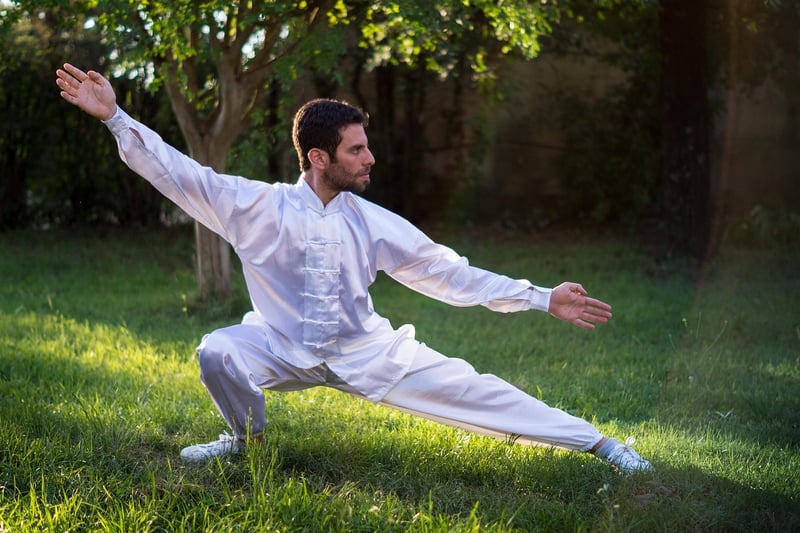Slow Flowing Movements
The Art of Tai Chi: Mastering Balance and Control Through Slow Flowing Movements
Tai Chi, also known as Tai Chi Chuan, is a traditional Chinese martial art that combines gentle and graceful movements with deep breathing techniques. This ancient practice is not only a form of self-defense but also a way to promote physical and mental well-being. One of the key principles of Tai Chi is achieving balance and control through slow, flowing movements.
The Essence of Tai Chi
At the heart of Tai Chi lies the concept of Yin and Yang, the balance of opposing forces. Practitioners of Tai Chi aim to harmonize these forces within themselves, leading to a state of equilibrium and inner peace. The slow and deliberate movements of Tai Chi help cultivate mindfulness, focus, and relaxation.
Benefits of Tai Chi
Regular practice of Tai Chi offers a myriad of benefits for both the body and mind. Some of the advantages include:
- Improved balance and coordination
- Enhanced flexibility and strength
- Stress reduction and relaxation
- Increased energy levels
- Boosted immune system
Flowing Movements of Tai Chi
Unlike other martial arts that involve quick and powerful strikes, Tai Chi focuses on slow and continuous movements that flow seamlessly from one to the next. The fluidity of Tai Chi forms not only promotes physical grace but also allows practitioners to develop a deep sense of body awareness and control.
Image: Tai Chi Flowing Movement

Getting Started with Tai Chi
Whether you are a beginner or an experienced martial artist, Tai Chi is accessible to people of all ages and fitness levels. Classes are offered in many community centers, gyms, and martial arts schools. Additionally, there are plenty of online resources and videos available for those who prefer to learn at home.
Embark on a journey of self-discovery and holistic well-being through the practice of Tai Chi. Embrace the slow flowing movements, and experience the profound benefits this ancient martial art has to offer.
